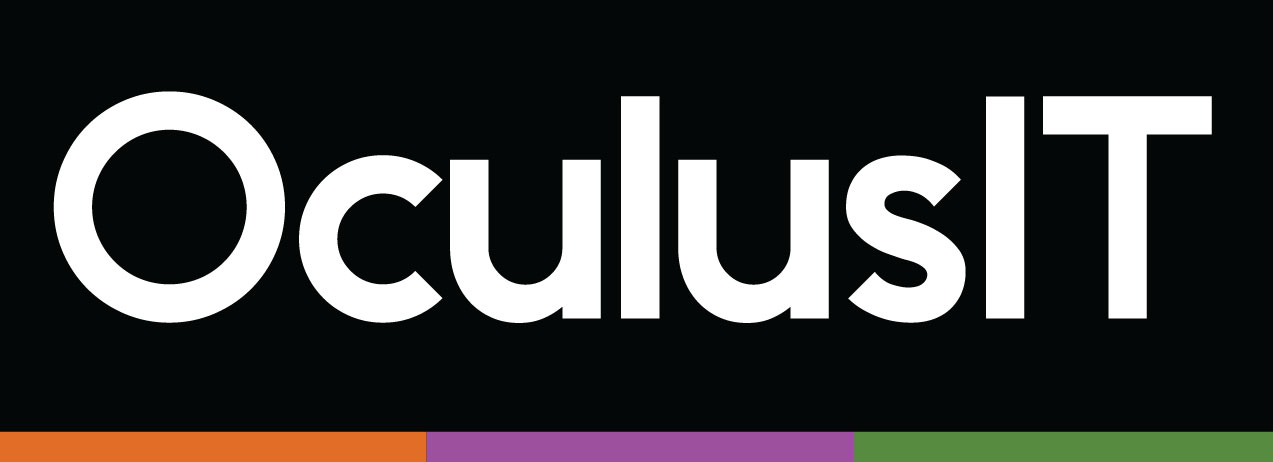
Ensuring Regulatory Compliance in Higher Education: A Risk Assessment Approach
April 3, 2024
In the increasingly complex landscape of higher education, regulatory compliance is paramount. Higher education institutions must navigate a myriad of regulations, including GLBA, GDPR, HIPAA, FERPA, and more, to protect sensitive data and maintain the trust of stakeholders. However, achieving and maintaining compliance can be challenging without a structured approach. This is where a comprehensive risk assessment strategy becomes invaluable.
- Understanding the Regulatory Landscape: To effectively manage compliance in higher education, institutions must first understand the regulatory landscape. Each regulation comes with its own set of requirements and implications for data handling and security. A risk assessment approach involves identifying relevant regulations and assessing their impact on institutional processes and systems.
- Identifying Data Assets and Risks: A critical component of risk assessment is identifying data assets and associated risks. This involves mapping out the flow of data within the institution, from student records to research data, and assessing the potential vulnerabilities at each stage. By understanding where sensitive data resides and how it is processed, institutions can better prioritize their compliance efforts.
- Assessing Compliance Gaps: Conducting a gap analysis is essential for identifying areas where the institution falls short of regulatory requirements. This involves comparing current practices against regulatory standards and identifying any discrepancies or deficiencies. A thorough assessment of compliance gaps provides a roadmap for prioritizing remediation efforts and allocating resources effectively.
- Implementing Controls and Remediation Measures: Once compliance gaps have been identified, institutions must implement controls and remediation measures to address them. This may involve implementing new policies and procedures, enhancing cybersecurity measures, or investing in training and awareness programs. By taking a proactive approach to risk mitigation, institutions can reduce the likelihood of non-compliance and associated penalties.
- Continuous Monitoring and Improvement: Regulatory compliance is not a one-time effort but an ongoing commitment. Institutions must continuously monitor their compliance posture and adapt to changes in regulations and threat landscapes. This involves regular risk assessments, audits, and reviews to ensure that controls remain effective and aligned with evolving requirements.
- Leveraging Technology Solutions: Technology can play a significant role in streamlining compliance efforts and enhancing risk management capabilities. Institutions can leverage compliance management software, data encryption tools, and security monitoring solutions to automate processes and strengthen their security posture. By harnessing the power of technology, institutions can better protect sensitive data and demonstrate compliance to regulators.
Therefore, in the face of ever-changing regulatory requirements, higher education institutions must adopt a proactive and systematic approach to compliance management. A risk assessment approach enables institutions to identify and prioritize compliance efforts, implement effective controls, and continuously monitor and improve their compliance posture.
Want to learn more about Risk Assessments and Compliance Adherence for your higher education institution? Connect with our experts today!
Recent Articles





